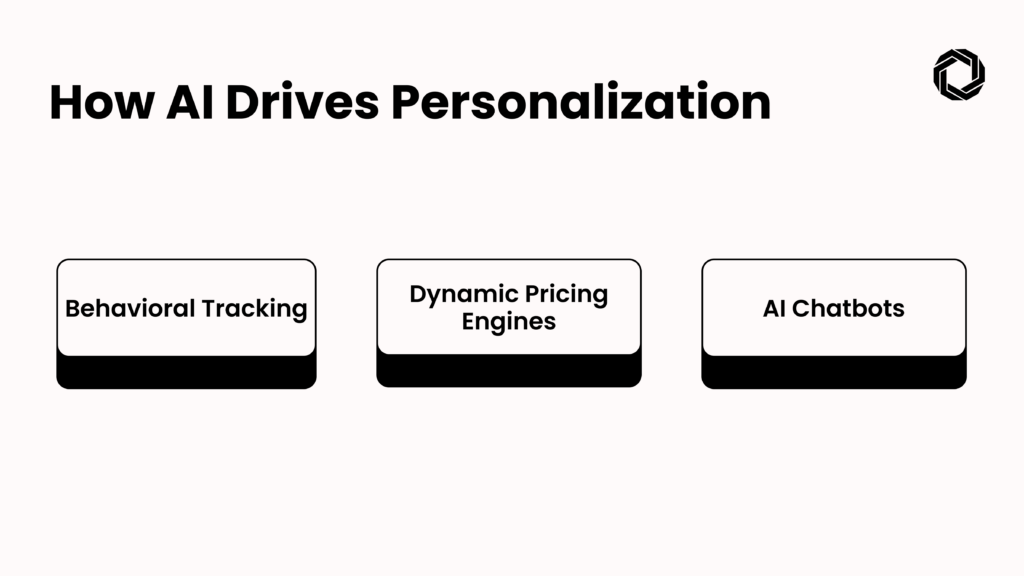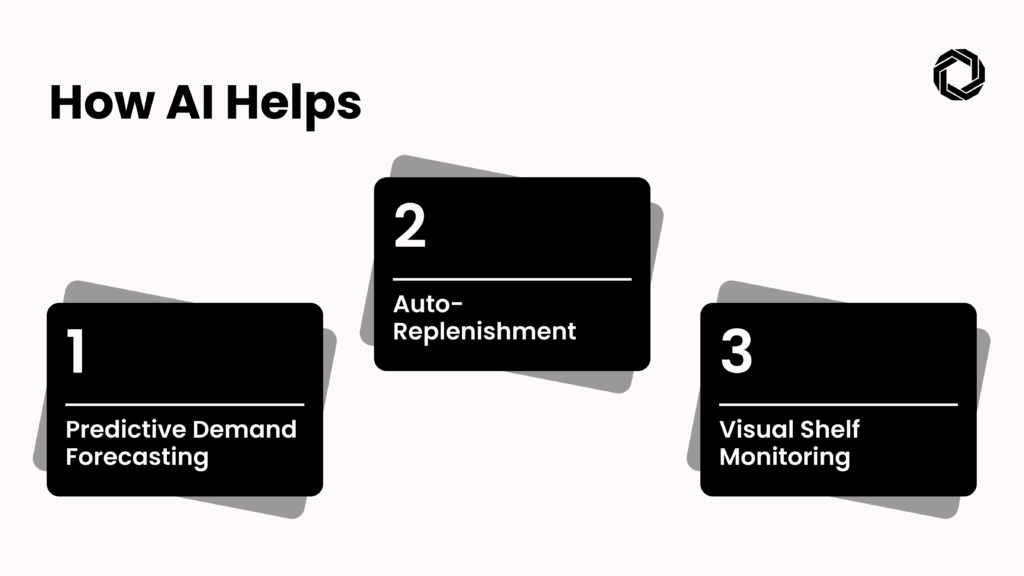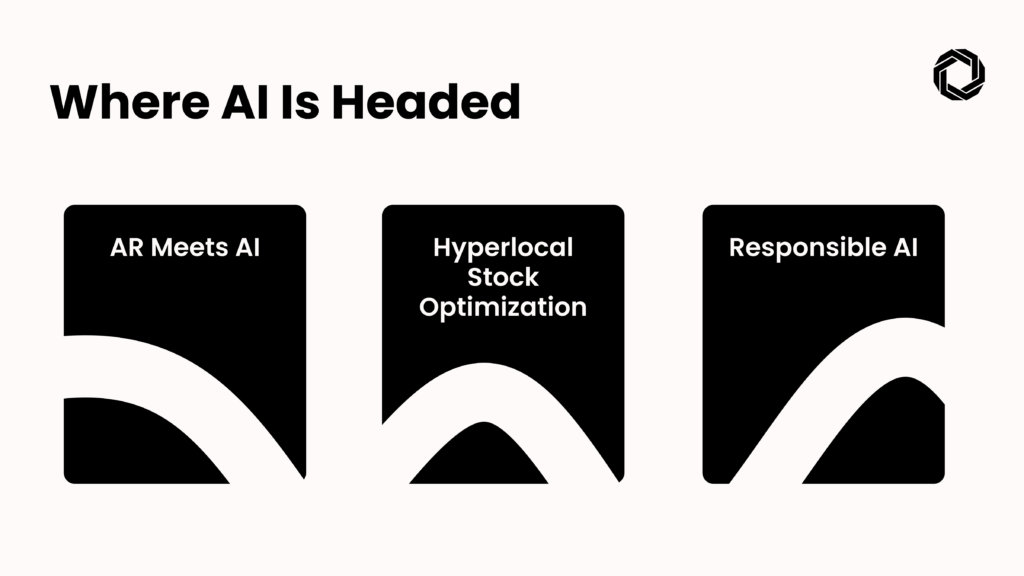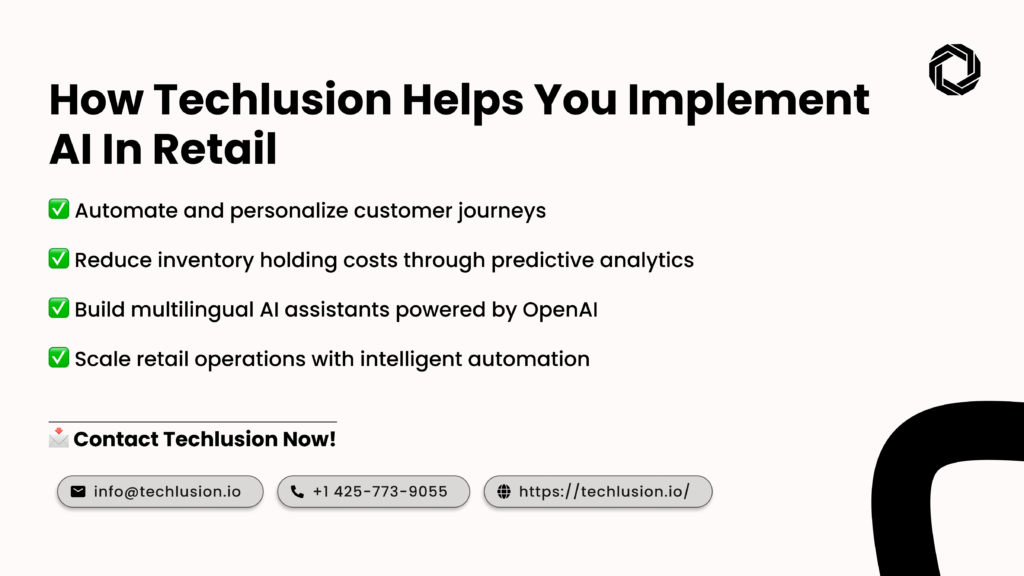With advanced solutions like OpenAI for ecommerce and intelligent automation platforms, businesses can now deliver tailored experiences, optimize operations, and remain agile in the face of evolving customer demands. This guide explores the practical impact of artificial intelligence in retail and how brands can implement these technologies to stay ahead.
AI Personalization in Retail: The Experience Customers Expect

Today’s consumers expect curated recommendations, dynamic pricing, and real-time support, all powered by AI.
Here’s how AI drives personalization:
- Behavioral Tracking: AI monitors browsing patterns and purchase history to offer hyper-targeted product suggestions.
- Dynamic Pricing Engines: Adjust prices in real-time based on demand, stock levels, and customer loyalty.
- AI Chatbots: Tools like OpenAI for ecommerce offer 24/7 conversational assistance, helping customers discover products faster and smarter.
These capabilities not only improve the customer journey but also boost conversions and retention.
AI Inventory Management: Smarter Stocking, Lower Costs

AI inventory management is one of the most valuable AI use cases in retail. By eliminating guesswork and using data-driven forecasting, businesses can reduce overstock, eliminate out of stock issues, and streamline warehouse logistics.
How AI helps:
- Predictive Demand Forecasting: Incorporate historical data, trends, and even weather patterns to anticipate product needs.
- Auto-Replenishment: Automatically trigger restocks for fast-moving items, reducing manual effort.
- Visual Shelf Monitoring: AI-driven cameras ensure products are shelved correctly and alert managers about misplaced or low-stock items.
With these tools, retailers can ensure they meet demand efficiently while reducing unnecessary holding costs.
The Role of OpenAI in Retail

One of the most exciting trends is the integration of OpenAI for ecommerce, enabling natural conversations, seamless interactions, and smart automation.
Real-world examples:
- Conversational Commerce: Chatbots guide users through product discovery, making shopping as easy as texting a friend.
- AI-Powered Emails: Automatically draft customer replies based on inquiry context and tone.
- Voice-Powered Assistants: Multilingual support for in store shoppers through smart kiosks and wearables.
By using AI tools like ChatGPT, businesses can elevate engagement and reduce the cost of customer support.
Future-Ready Retail: Where AI Is Headed

As AI in retail continues to evolve, expect more immersive and responsive technologies. Some of the upcoming trends include:
- AR Meets AI: Virtual try-on using augmented reality to simulate in store experiences from home.
- Hyperlocal Stock Optimization: AI fine tunes inventory strategies based on regional buying habits even down to individual zip codes.
- Responsible AI: Greater emphasis on ethical algorithms, privacy compliance, and transparency in AI driven personalization.








